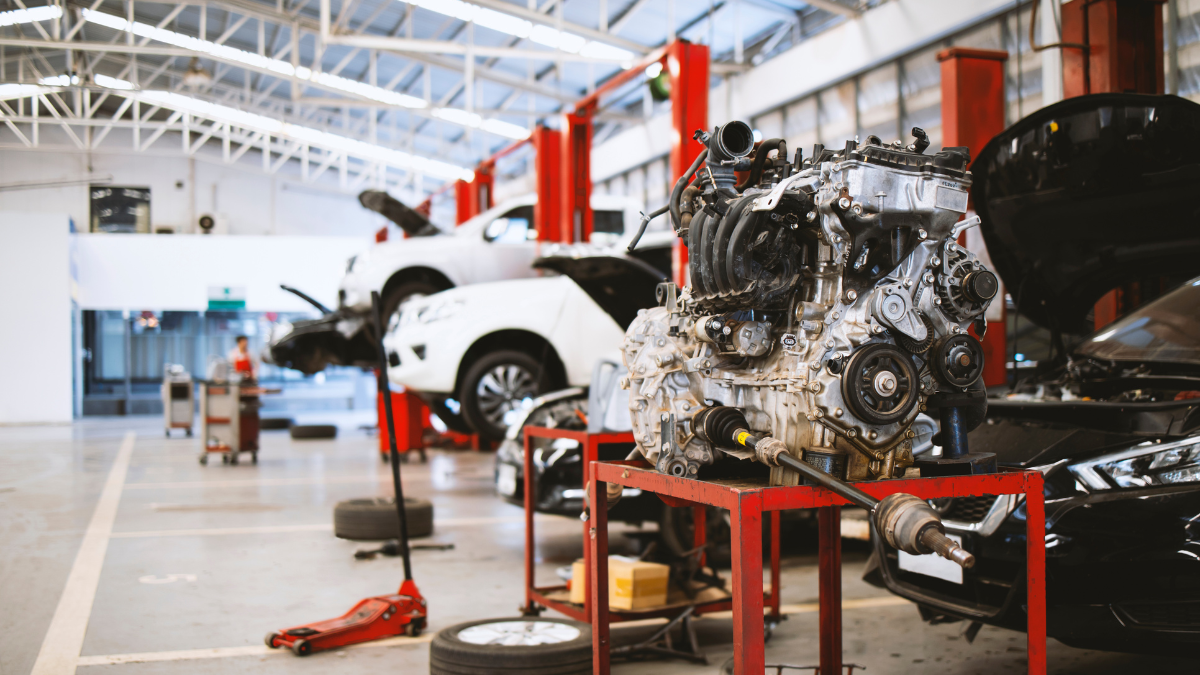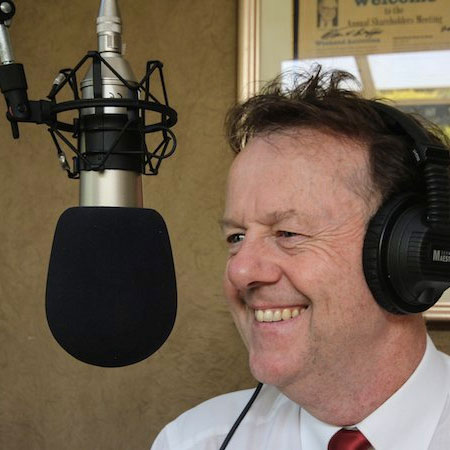South Africa has suffered a slew of issues over the past two years – from the Covid-19 pandemic and its ramifications still being felt today to regular production being impeded by factory shutdowns, halted manufacture, and semiconductor chip shortages. The Automotive industry has suffered massive losses. Many of us have also become accustomed to working from home over the last two years, saving considerably on motor vehicle costs such as fuel and maintenance. However, getting back on the road and managing the actual expenditures of automobile ownership must now be incorporated into what is already a tight budget for many. A Wesbank analysis shows that the cost of owning, maintaining, and keeping a vehicle on the road in South Africa has increased by nearly 33% since 2018. This article published by MyBroadband delves into the reasons. – Asime Nyide
How much it really costs to keep a car on the road in South Africa
The cost of owning, maintaining, and keeping a vehicle on the road in South Africa has increased by nearly 33% since 2018, a Wesbank analysis shows.
This was mainly driven by skyrocketing fuel prices and higher interest rates on car repayments.
South Africa’s Reserve Bank has increased interest rates to try and curb rising inflation, which is, in part, driven by higher fuel prices.
For the analysis, Wesbank took an average entry-level vehicle of around R250,000 and assumed it travels approximately 2,500 kilometres per month.
On average, South African motorists pay R2,514.91 more per month to keep a car on the road than in 2018. The increases break down as follows:
- Average monthly instalment — R929.71 higher (27.5%)
- Average monthly fuel cost — R1,184.75 higher (42.9%)
- Average monthly insurance — R277.92 higher (24.6%)
- Average monthly running costs — R122.53 higher (33.1%)
Wesbank said the lasting effects of the Covid–19 pandemic on the automotive industry are still being felt.
On top of rising interest rates and fuel prices, the prices of spare parts and tyres have also gone up, impacting the production costs and sales of new and used cars.
“While 2022 has seen the country slowly returning to some sort of normalcy, the trend is that people are holding onto their current car for longer,” Wesbank noted.
“While this might be a saving in one area, the costs to maintain the vehicle and keep it in a running condition could add up.”
It said that with more workers returning to offices, people have to use their vehicles more often than in the past two years, increasing wear and tear costs.
“It is important to understand what makes up the total monthly cost of vehicle ownership, whether the car is being driven more frequently or not,” said WesBank marketing and communication head Lebogang Gaoaketse.
“While fuel consumption might vary accordingly, the fixed monthly payments, such as vehicle finance and insurance costs, are constant expenses that need to be included in the monthly household budget.
“And, if you have selected a linked-interest rate in your repayment plan, interest rate fluctuations will also have an impact on the total amount.”
The table below summarises Wesbank’s total cost of ownership analysis from 2018 to November 2022.
| Year (month) | Monthly Net Instalment Due | Monthly Fuel Cost | Monthly Insurance | Monthly Running Cost | Total Mobility Cost * | % YoY Change |
|---|---|---|---|---|---|---|
| 2018 | R3,383.39 | R2,765.00 | R1,131.34 | R370.41 | R7,650.14 | 13.99% |
| 2019 | R3,564.77 | R2,731.75 | R1,187.91 | R366.97 | R7,851.39 | 2.63% |
| 2020 | R3,433.06 | R2,565.50 | R1,235.43 | R349.77 | R7,583.76 | -3.41% |
| 2021 | R3,438.11 | R2,646.00 | R1,273.73 | R358.10 | R7,715.94 | 1.74% |
| 2022 | R3,779.28 | R3,780.00 | R1,322.13 | R475.39 | R9,356.80 | 21.27% |
| 2022 (Oct) | R4,131.26 | R4,033.75 | R1,348.57 | R501.63 | R10,015.21 | 7.04% |
| 2022 (Nov) | R4,313.10 | R3,949.75 | R1,409.26 | R492.94 | R10,165.05 | 1.50% |
| Increase | R929.71 | R1,184.75 | R277.92 | R122.53 | R2,514.91 | 32.87% |
| * This monthly cost of vehicle ownership table is based on data that constantly shifts in relation to market activity and is intended as a guideline only. |
In 2022, vehicle instalments and fuel spend remained the largest portions of the basket, accounting for 81% of the monthly spend.
Fuel spend accounts for 39% of the total, with the vehicle instalment cost at 42%.
The figure to November 2022 indicates that the average monthly fuel spend, at R3,950, is close to the vehicle’s monthly instalment of R4,313.
The monthly insurance cost of R1,409 makes up 14%, with running costs per month accounting for the final 5% at R493.
This varies from Wesbank’s mobility basket in 2018, where fuel spend accounted for 36% of the total, while the average vehicle instalment was 44%.
“The economic impact of Covid–19 created an anomaly in relation to the 2019 data and should also be taken into consideration when comparing the 2022 figure in relation to 2020 and 2021,” stated Gaoaketse.
“As a result of vehicle price inflation over the past year and other industry constraints, consumers have spent more on average for new and used vehicles in 2022, and this trend is likely to continue into 2023,” Gaoaketse continued.
“In October 2022, the average value of a new vehicle financed through WesBank was R388,338 compared to R368,696 in October 2021. This reflects a 5% year-on-year average price increase for new vehicles.”
Read Also
- Electric vehicles just a pipe dream for South Africa?
- Ford Everest 2.0 SiT XLT 4×4: the perfect family vehicle?
- The cost of petrol and tolls this December


